The haunting melodies of Indian classical music have carried the weight of spiritual seeking across generations. At the heart of this tradition lies the raga - not merely a musical scale but a living entity that breathes with the cycles of day and night, seasons, and human emotion. These intricate melodic frameworks represent one of humanity's most sophisticated systems for translating inner experience into sound.
Unlike Western classical music's focus on harmonic progression, the raga tradition follows an entirely different philosophy of time and resonance. Each raga exists as a universe unto itself, with prescribed ascending and descending note patterns, characteristic phrases, and emotional associations. The musician doesn't simply perform a raga but invokes it - allowing the ancient melodic form to unfold according to its natural rhythm, sometimes over hours.
The origins of ragas trace back over two millennia to the sacred Vedic chants. Historians believe the systematization began between the 2nd-5th centuries CE when Bharata Muni's Natya Shastra first codified musical theory. What began as meditation aids for yogis evolved into one of the world's most refined musical systems under Mughal patronage during the 16th-18th centuries. The very word 'raga' derives from Sanskrit meaning 'color' or 'passion' - hinting at its power to tint the listener's consciousness.
Morning ragas like Ahir Bhairav shimmer with dewdrop freshness, their notes perfectly mirroring the human body's circadian rhythms. Twilight ragas such as Purvi carry the melancholy of day's end in their microtonal bends. Seasonal ragas like Malhar summon monsoon rains through specific tonal combinations said to affect atmospheric pressure. This profound connection between sound and environment reflects the ancient Indian concept of Nada Brahma - the universe as vibrational energy.
The alap section of a raga performance reveals its deepest meditative aspect. Without rhythm or text, the musician explores each note like a yogi scanning their consciousness. Microtonal inflections (shruti) create vibrations that ancient texts claim can stimulate chakras. When the rhythmic section (jor) finally enters, it mirrors the practitioner's transition from stillness to dynamic meditation. Master musicians describe entering samadhi states during prolonged raga development.
Modern neuroscience lends credence to these ancient claims. Studies at India's National Brain Research Centre found that listening to ragas significantly increases alpha brain waves associated with relaxed awareness. Specific ragas were shown to synchronize both hemispheres of the brain - a state linked to heightened creativity and problem-solving. The gradual tempo acceleration (layakari) in raga performances mirrors the brain's natural process for entering meditative states.
Contemporary musicians continue pushing boundaries while honoring tradition. Pandit Ravi Shankar introduced ragas to global audiences through his collaborations with Yehudi Menuhin and The Beatles. Younger artists like Anoushka Shankar now fuse ragas with electronic music, proving their timeless adaptability. Meanwhile, hospitals across India employ raga therapy for conditions ranging from insomnia to hypertension, using precisely the same note combinations described in 13th-century texts.
In our fragmented digital age, the raga's demand for slow, focused listening feels radically countercultural. A complete Raga Darbari performance might unfold over three hours, requiring surrender to its temporal architecture. This mirrors meditation's insistence on presence - both arts cultivate what Indian aesthetics call rasa, the essence of flavor that arises only through sustained attention. Perhaps this explains why streaming platforms report growing interest in full-length raga recordings among young urban listeners worldwide.
The survival of this ancient system owes much to the guru-shishya parampara (teacher-disciple lineage). For centuries, knowledge passed orally through intimate musical apprenticeships where students learned as much through osmosis as formal instruction. Even today, leading conservatories maintain this living tradition alongside academic study. As one ustadsaid, "A raga cannot be learned from books any more than love can be understood through a dictionary."
From the dhrupad singers of Rajasthan to the veena masters of South India, regional styles showcase the raga's incredible diversity. The Carnatic system features fixed compositions within ragas, while Hindustani tradition emphasizes improvisation. Yet both share the fundamental belief that properly rendered ragas can induce altered states - whether devotional ecstasy (bhakti) or pure transcendence (moksha).
As artificial intelligence generates increasingly formulaic music, the raga stands as a testament to human depth. Its very structure resists algorithmic replication - the microtonal nuances and emotional intelligence required to develop a raga properly demand decades of human cultivation. Perhaps this explains why streaming platforms now see surging interest in raga performances worldwide, particularly among millennials and Gen Z listeners raised on digital immediacy.
The next time you hear a raga's opening notes, consider that you're hearing the aural equivalent of centuries-old meditation techniques. Those bending tones represent not just musical choices but maps of consciousness passed down through generations of seekers. In our hyperconnected yet increasingly fragmented world, the raga's demand for slow, deep listening may be exactly the medicine we need - a sonic bridge between ancient wisdom and modern longing for meaning.

By /Aug 8, 2025
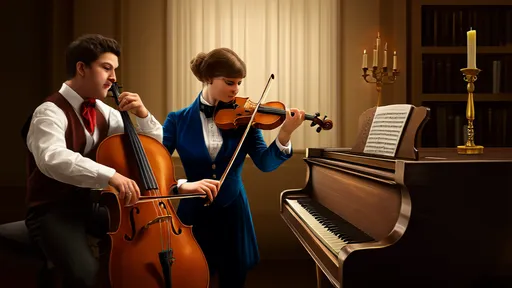
By /Aug 8, 2025
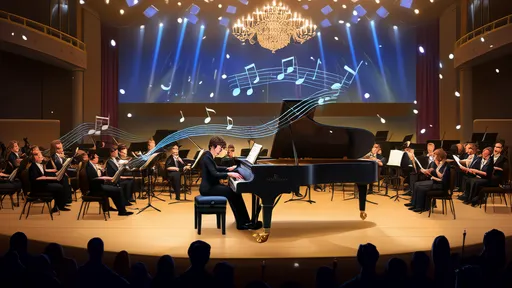
By /Aug 8, 2025
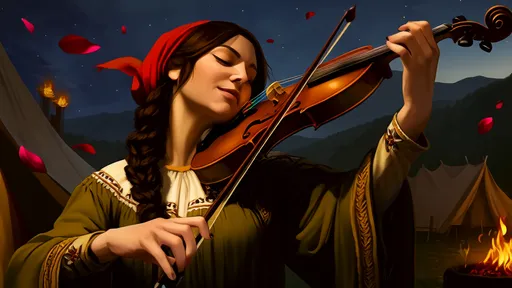
By /Aug 8, 2025
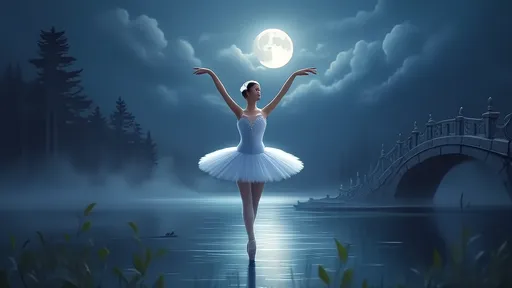
By /Aug 8, 2025

By /Aug 8, 2025
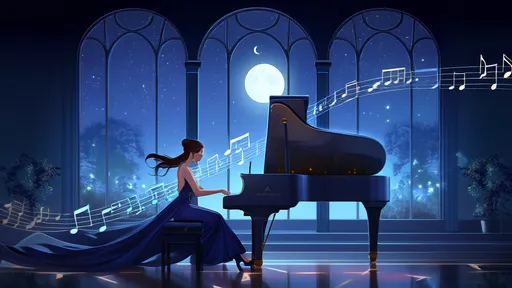
By /Aug 8, 2025

By /Aug 8, 2025
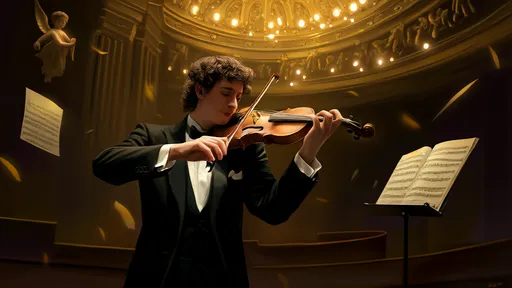
By /Aug 8, 2025
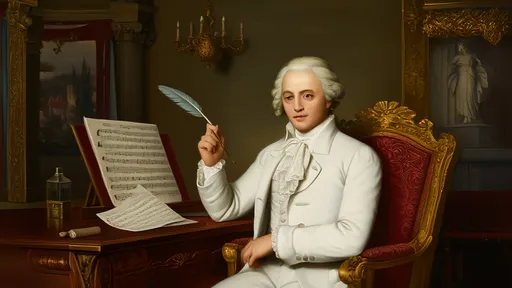
By /Aug 8, 2025
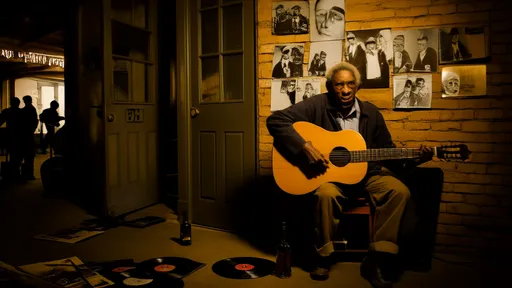
By /Aug 7, 2025
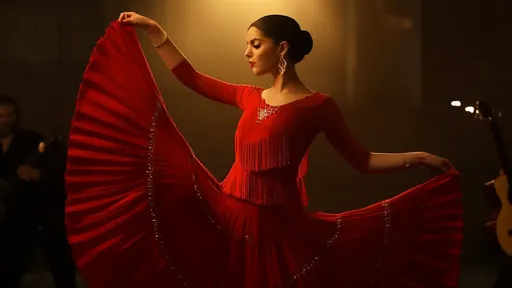
By /Aug 7, 2025

By /Aug 7, 2025
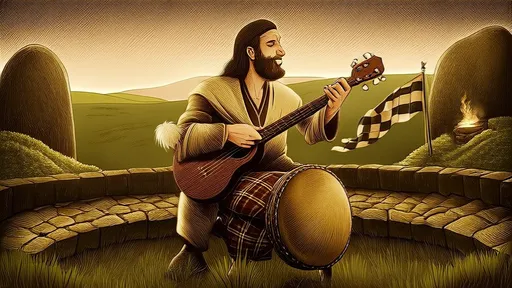
By /Aug 7, 2025
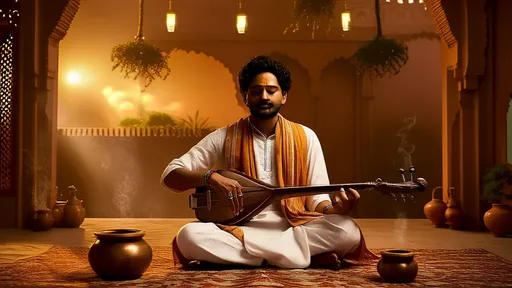
By /Aug 7, 2025
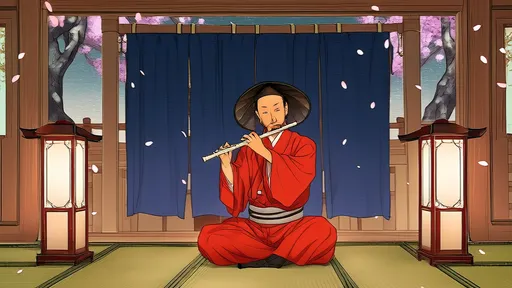
By /Aug 7, 2025
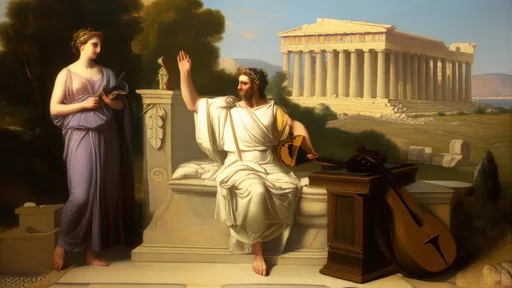
By /Aug 7, 2025
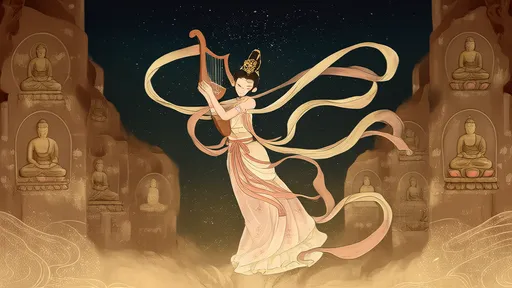
By /Aug 7, 2025
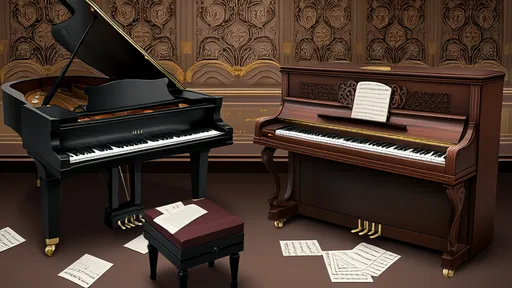
By /Aug 7, 2025
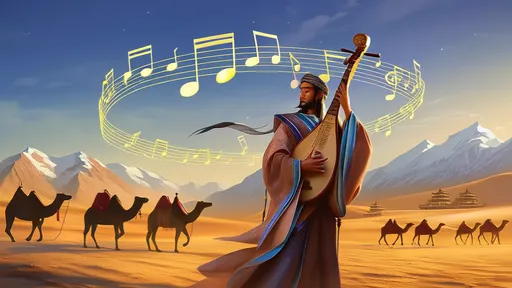
By /Aug 7, 2025